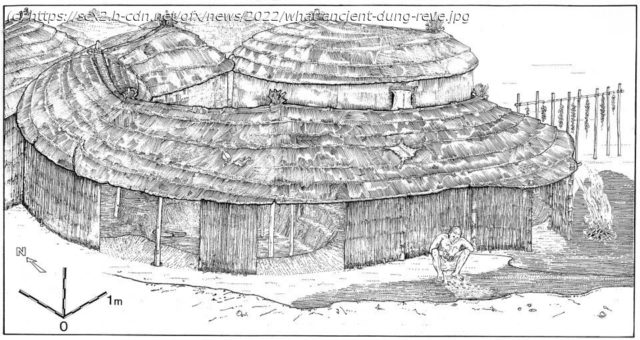Tiny crystals in ancient animal dung serve as key evidence in a new analysis suggesting the possibility that hunter-gatherers at Abu Hureyra, Syria, may have tended small numbers of animals just outside their dwellings between 12,800 and 12,300 years ago. Alexia Smith of the University of Connecticut and colleagues present these findings in the open-access journal PLOS ONE on September 14, 2022.
September 14, 2022
Tiny crystals in ancient animal dung serve as key evidence in a new analysis suggesting the possibility that hunter-gatherers at Abu Hureyra, Syria, may have tended small numbers of animals just outside their dwellings between 12,800 and 12,300 years ago. Alexia Smith of the University of Connecticut and colleagues present these findings in the open-access journal PLOS ONE on September 14, 2022.
Abu Hureyra is an archaeological site that was occupied for thousands of years, spanning the transition from hunting and gathering to farming and herding. While a large body of research has explored this transition across many archaeological sites, much remains to be determined about the specific timeline, including the full range of early animal management practices that may have preceded large-scale herding.
To shed new light on this transition, Smith and colleagues turned to ancient animal dung.






